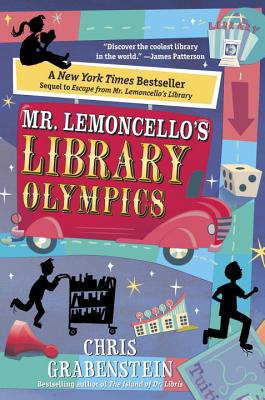Summer is a time when I feel energized and creative, basking in the longer daylight hours and a different kind of vibe, even though I work at home and the actual calendar doesn’t change that much around here.
If your kid is the kind who likes to make and do in summer, as mine was (she’s grown now, but this is how I remember her middle grade summers, and my own), here is a post to scratch your kiddos’ summer activity itch. Of course, you might like to join in the fun, too.
I have to say right up front that this was not my (fantastic!) idea – here’s a big shout out to our own Annabelle Fisher for the inspiration, and to many of our members for chiming in with great ideas to share with you.
Like to cook? These reads might also make you hungry to make food.

Lisa Schroeder’s cupcake books, including It’s Raining Cupcakes, might inspire you to make some…

The Truth About Twinkie Pie, by Kat Yeh, is full of recipes.

A Tangle of Knots, by Lisa Graff, is also filled with things I want to cook.

Pixie Piper and the Matter of the Batter, by our own Annabelle Fisher (including a recipe for magical “reversing cake” and other fun things!).
How about writing to authors?

Dear Mr. Henshaw, by Beverly Cleary gave adult me the push to write a favorite author, actually.

Love that Dog, by Sharon Creech is another that inspires action in the form of writing.
Want to play with paper engineering?

Origami Yoda and Tom Angleberger’s other Origami books result in lots of paper play.

Richard Merrill’s Fantastic Press-Out Flying Birds is a blast (I’m giving this one an extra shout-out – this fellow SCBWI member and Dover Publications author is also my big brother!).
Books about science and nature and those that get us out of doors can also spark inspiration for projects and action.

Mixed Up Files member Jacqueline Houtman pointed me to Elaine Vickers’ blog, which features a ton of great activities for middle graders. Jacqueline’s own book, The Reinvention of Edison Thomas was featured there, and reading this book about a science geek might prompt a visit to find something to do, too.

Nature sketching and birdwatching are featured in The Someday Birds, by Sally Pia.

One Mixed Up Files member described Laurel Snyder’s Orphan Island as being ”sort of about a group of kids camping on their very own island.”

The Phineas MacGuire books by Francis O’Roark Dowell feature science activities in the back matter, and a website to visit for more at: http://gophineas.com/. My students loved our read aloud of Phineas in the library.

Roseanne Parry, still another Mixed Up Files member, wrote Turn of the Tide, which features geocaching.

And Explore Forces and Motion, by Jen Swanson (still another Mixed Up Filer), includes 25 fun activities for kids to do with science.
Community service as summertime action?

Our own Michele Weber Hurwitz says, “My book, The Summer I Saved the World in 65 Days, doesn’t exactly feature a craft project, but the main character, Nina, does a project involving 65 good things she does for her neighbors and family, one for each day of her summer vacation. It’s been a popular summer read for students who then do a community service project when they return to school.

Lisa Graff’s The Great Treehouse War Is about a bunch of kids who stage a sit-in, and then some…
Plus, there are always mysteries to solve and other fun things to do!

I’m intrigued by Annabelle Fisher’s recommendation of The Puzzler’s Mansion, by Eric Berlin, which she describes as having brainteasers and interactive puzzles in it.

Chasing Vermeer and the others in Blue Balliet’s architectural mystery series feature tangrams and puzzles to solve. I had several students who made their own tangrams after reading these books.

Mr. Lemoncello’s Library Olympics, by Chris Grabenstein, is another that is jam-packed with stuff to do and try.

A Snicker of Magic, by Natalie Lloyd is filled with oodles of stuff to do, too…
What books inspire you to dive in and then get out to have some fun in summer?




